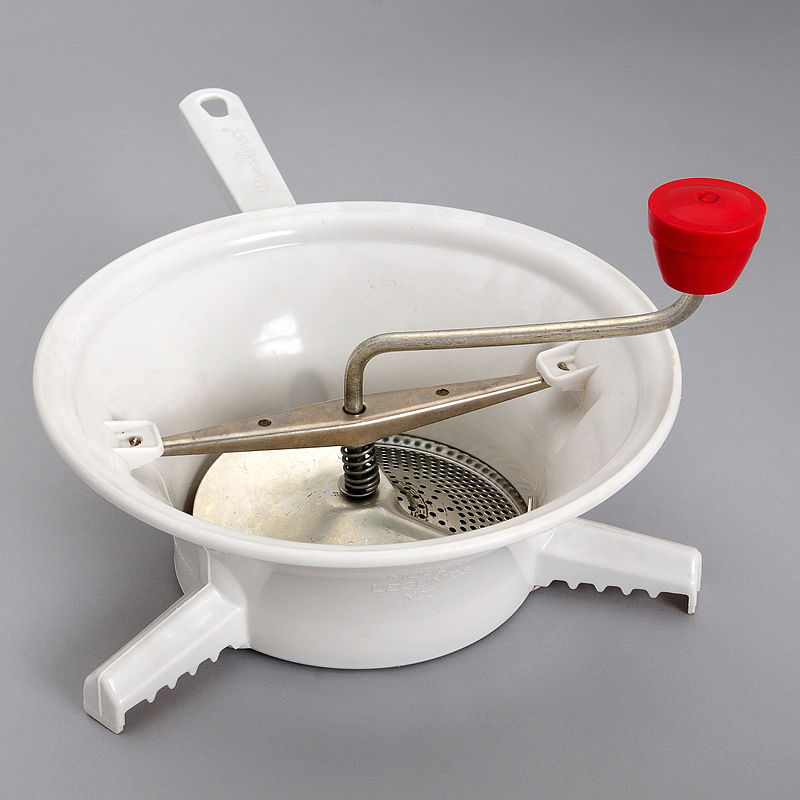larry_stewart
Master Chef
Anyone make their own ketchup?
Im looking for a reliable recipe, preferably one that has already tried and liked. not just a gamble from an internet search.
Also looking for one that can be canned for longer term storage.
Doesnt have to be anything gourmet or exotic. Im perfectly happy with a Heinz - Like flavor.
Just have a lot of extra tomatoes from the garden , and way too much sauce, puree, pasta, sun dried , soup from them, so looking for another way to use and store them. Plus, no more room in the freezer, which is why im looking for one that can be canned and shelf stored .
Im looking for a reliable recipe, preferably one that has already tried and liked. not just a gamble from an internet search.
Also looking for one that can be canned for longer term storage.
Doesnt have to be anything gourmet or exotic. Im perfectly happy with a Heinz - Like flavor.
Just have a lot of extra tomatoes from the garden , and way too much sauce, puree, pasta, sun dried , soup from them, so looking for another way to use and store them. Plus, no more room in the freezer, which is why im looking for one that can be canned and shelf stored .


